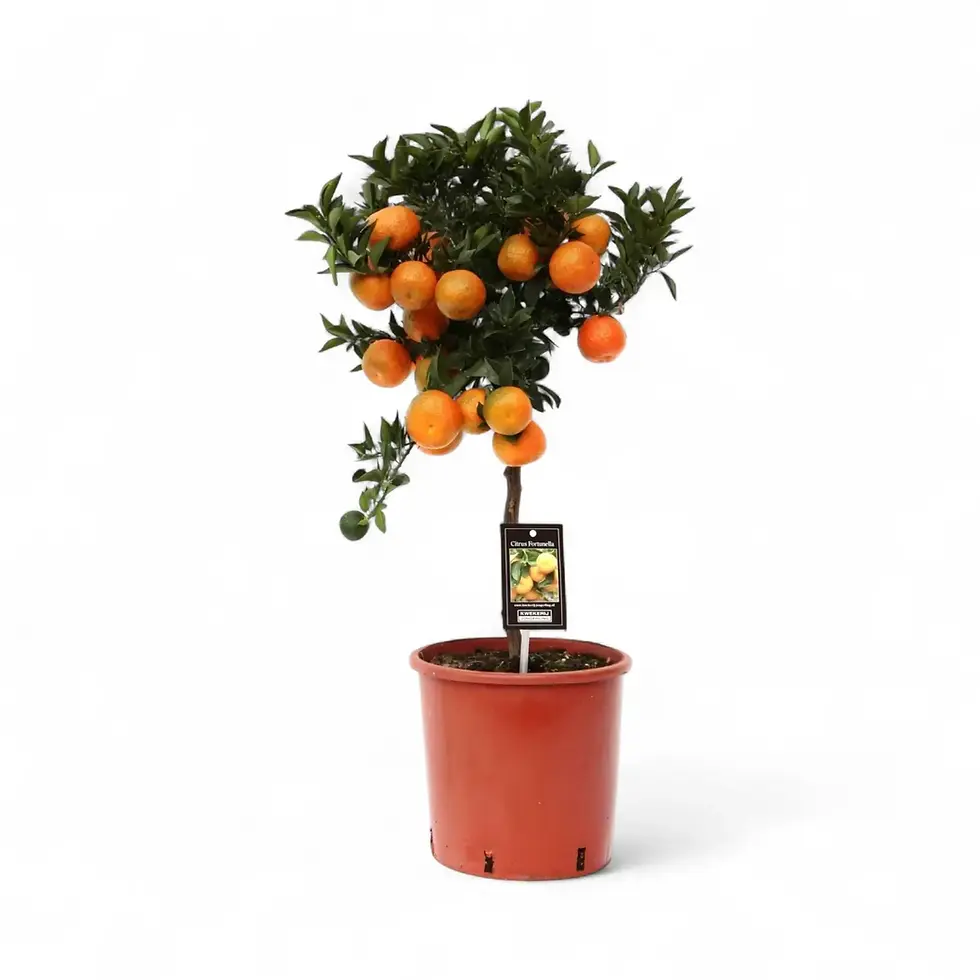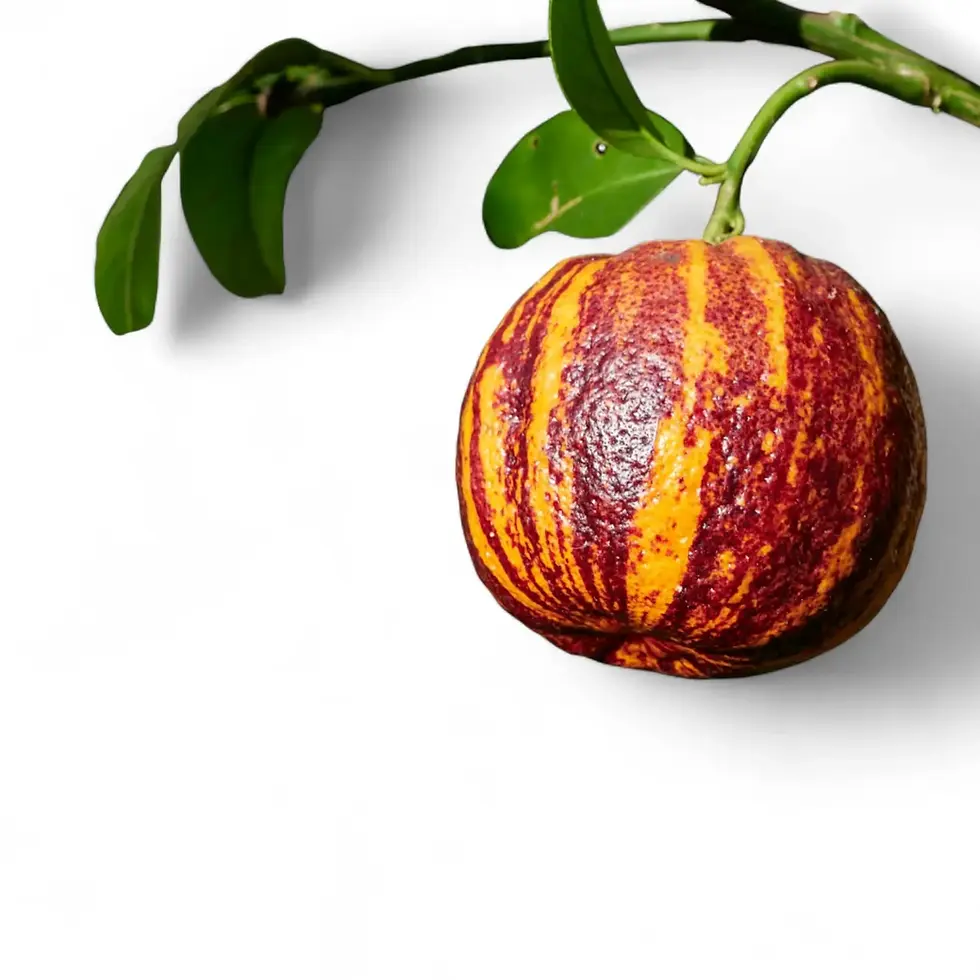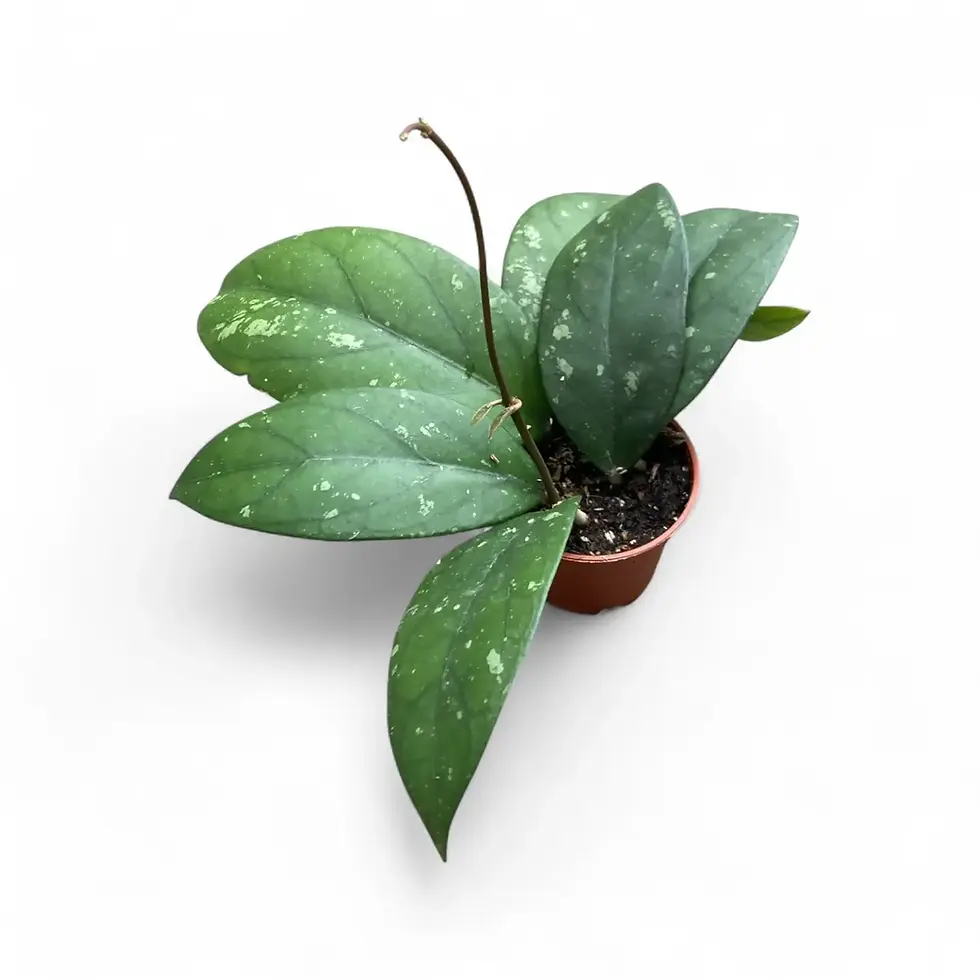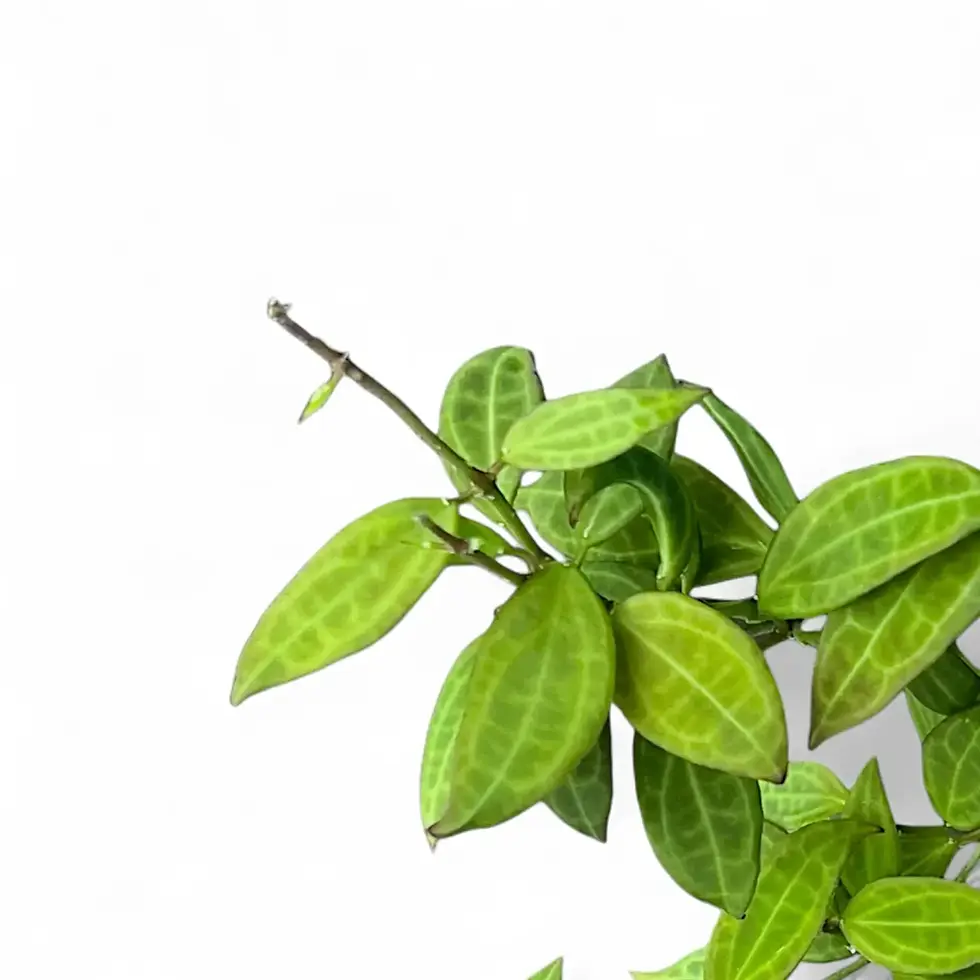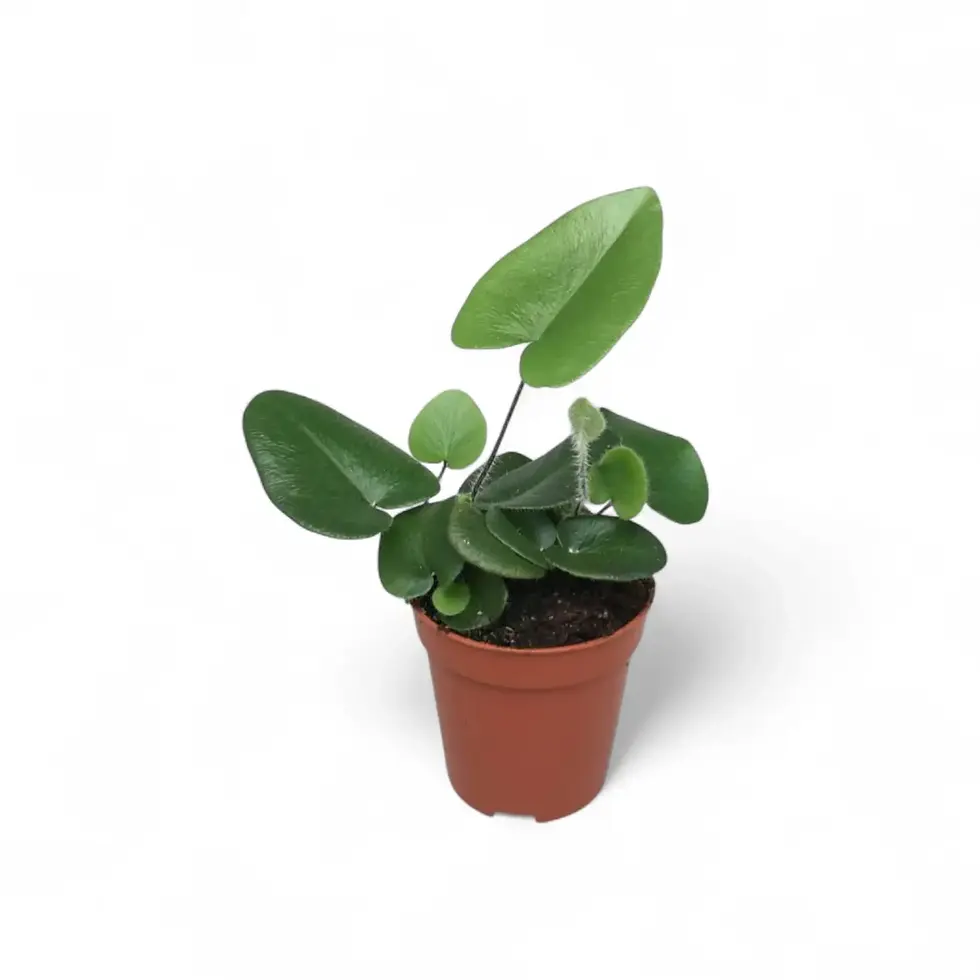Chamaerops humilis – Cold-Hardy Dwarf Palm for Indoors and Balconies
Chamaerops humilis, also known as dwarf fan palm, is a slow-growing, compact palm native to the western Mediterranean – including Spain, Morocco, Algeria, and southern Italy. Its fan-shaped, leathery fronds and fibrous trunk make it a durable choice for both outdoor gardens and indoor containers. Unlike most palms, it is remarkably cold-hardy, tolerating temperatures down to -12 °C. Whether you're looking to green up a city balcony or create a Mediterranean corner indoors, this palm adapts beautifully to both.
Why Chamaerops humilis is Ideal for Indoor and Outdoor Use
- Compact Size: Reaches 1.5–2 m indoors; up to 4–5 m outdoors after many years.
- Fan-Shaped Fronds: Tough, wind-resistant foliage with silver-green undersides.
- Cold-Tolerant: Survives down to -12 °C if roots are protected.
- Slow Growth: Makes maintenance minimal and repotting infrequent.
Where and How to Place Chamaerops humilis Indoors
- Best near a bright, indirect light source like a south or west-facing window.
- Tolerates some direct sun, especially outdoors.
- In cooler months, reduce watering and move away from radiators or drafts.
Watering and Soil Tips for Chamaerops humilis
- Allow the top 3–5 cm of soil to dry before watering.
- Use a free-draining mix of compost, sand, and perlite.
- Never allow standing water; root rot is the most common issue in containers.
Temperature and Humidity Tolerance
- Indoor comfort range: 15–25 °C. Outdoors: hardy to –12 °C with root protection.
- Humidity: average room humidity is sufficient. No misting required.
- In very cold areas, mulch the root zone or move pots indoors in winter.
How to Repot and Propagate Chamaerops humilis
- Repot every 2–3 years or when roots fill the pot. Choose heavy pots for stability.
- Propagation: Separate suckers from the base with clean tools in early spring.
How to Prune and Maintain Shape
- Trim only dead or fully yellowed fronds close to the base with sterilized shears.
- Avoid removing green leaves – they’re essential for energy production.
Common Problems with Chamaerops humilis – and Solutions
- Yellowing Leaves: Often from underwatering or magnesium deficiency – check both.
- Brown Tips: Caused by dry air or root stress – increase humidity slightly and review watering schedule.
- Pests: Watch for spider mites or mealybugs. Use neem oil or insecticidal soap.
- Root Rot: Ensure free drainage and do not overwater, especially in winter.
Botanical Notes and Etymology
- Genus: “Chamaerops” from Greek chamai (on the ground) and rhops (shrub), referencing its clumping, shrubby growth habit.
- Species: “Humilis” means low or humble – referring to its short stature compared to most palms.
- Native Range: From southern Portugal to Libya, growing on rocky slopes and scrubland.
Frequently Asked Questions
- Can I grow Chamaerops humilis indoors year-round? Yes, as long as light levels are sufficient and temperature stays above 10 °C.
- Does it require frequent watering? No. It’s drought-tolerant – let the soil dry out slightly between waterings.
- Is this palm frost-resistant? Yes – it is one of the few truly cold-hardy palms (to -12 °C).
- How fast does it grow? Very slowly – expect 5–10 cm of height gain per year indoors.
Order Chamaerops humilis – Durable Elegance for Any Climate
Whether for a sunny living room, rooftop terrace, or sheltered garden, Chamaerops humilis offers timeless Mediterranean appeal with low maintenance. Order now and enjoy one of the toughest dwarf palms available for European homes.
Chamaerops humilis
Chamaerops humilis comes in following sizes:
M – is approximately 70 cm tall and comes in a ⌀ 18 cm pot.
L – is approximately 90 cm tall and comes in a ⌀ 24 cm pot.
XL – is approximately 100 cm tall and comes in a ⌀ 30 cm pot.




